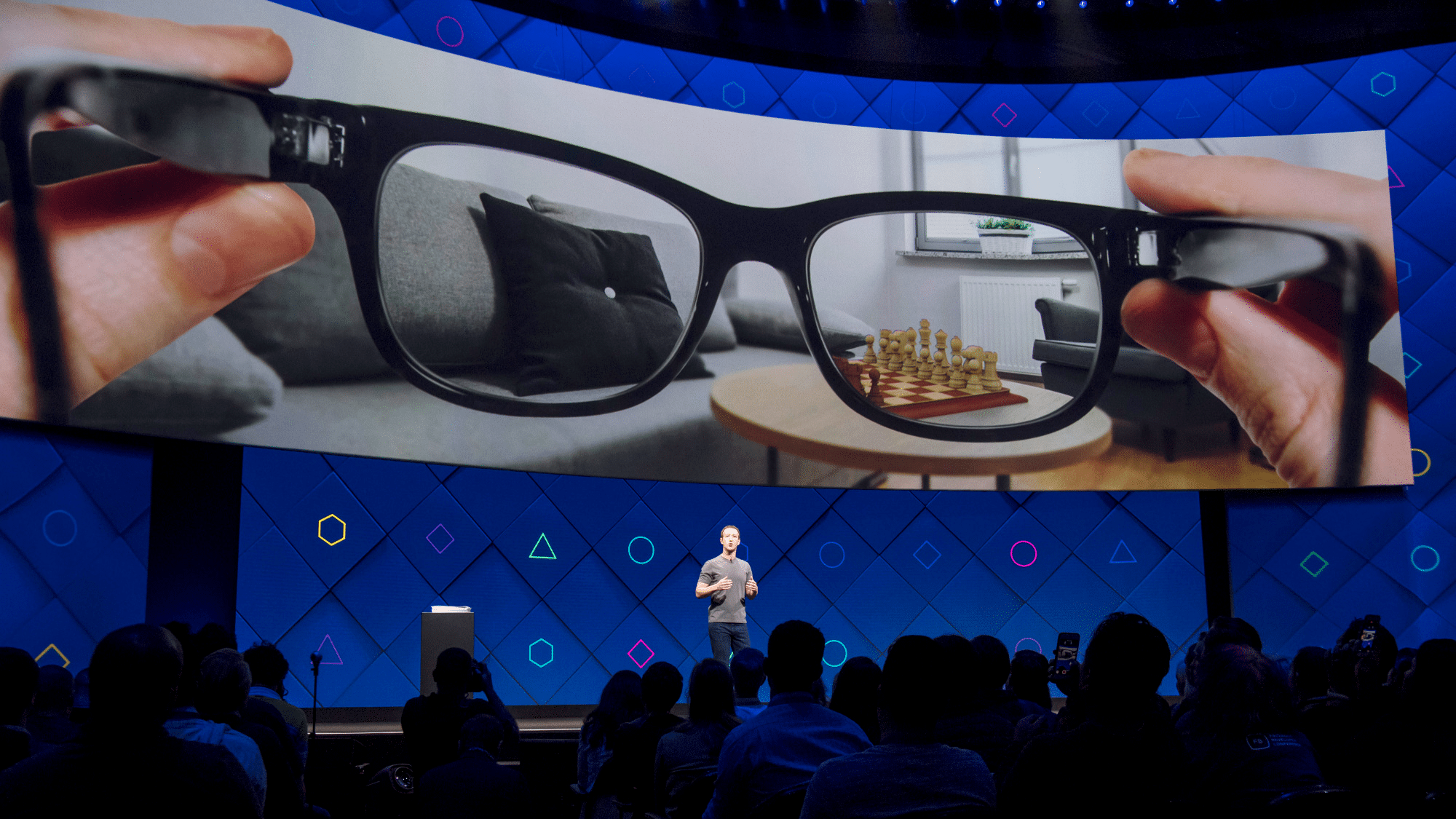“Steve Jobs would have made Orion instead of Vision Pro”.
“Zuckerberg should forget Quest and focus on Orion. Since Mark Zuckerberg’s
announcement, hot takes have been unending. Some of them were even made by “analysts”. They argue that Meta only showed AR in the form of glasses. Apple must have made a mistake to create a large bulky headset. Orion is a marvel of science and engineering. Meta’s Chief Technology Officer Andrew Bosworth had it right when he said Meta’s prototype AR glasses that “in consumer electronics this might be the best thing we have ever made as a race.” Orion, however, is still a very early prototype. Meta acknowledges that each time machine cost $10,000 and calls it “a future-living device”. Overall, it will build
. Apple Vision Pro, on the other hand, is an actual product that costs a fraction of Orion and can be produced at a scale equivalent to
. Meta confirmed to UploadVR the silicon carbide lens is the primary reason for Orion’s price. Meta revealed to to say that the eventual consumer version will use glass lenses instead, the same as Snap Spectacles and earlier AR devices like HoloLens.
This lens downgrade will incur a significant sacrifice – the field of view. Heath also revealed that consumer AR glasses would have a smaller field of vision. And a journalist who accurately described Orion more than a year before this reveal, including its name, lens material, and wireless compute puck, just 1000 units in an earlier report: roughly 50 degrees.a healthy marginThat’s right, Orion’s crowning achievement, its 70 degree field of view, won’t be present in the version Meta will actually be able to sell you. The 50 degree range is the same as the hundreds of thousands but shipping will be at least three more years away. While it’s now possible to create a over a millionprototype
Meta’s Prototype AR Glasses Have Remarkable Field Of View
Meta showed off prototype true AR glasses at Connect, codenamed Orion, with a remarkable 70-degree field of view.

of the glasses of science fiction, delivering this magic in a product won’t be possible any time in the foreseeable future.
So consumer AR glasses with the field of view of Orion are a fantasy right now, and probably won’t arrive until the 2030s. There’s a bigger problem with the current popular opinion about Orion. Transparent optics have a better passthrough than Vision Pro and Quest 3. These are near-term engineering problems that don’t require new supply chains for exotic materials. For example, Meta The Verge’s Alex Heath a passthrough mixed reality headset weighing less than 110 grams in the same year as its downgraded consumer AR glasses. These are tractable near-term engineering problems, not requiring new supply chains for exotic materials.
For example, in the same year as its downgraded consumer AR glasses, Meta put a number on this a passthrough mixed reality headset weighing less than 110 grams, barely more than Orion.
By the time AR glasses with the field of view of Orion ship to consumers, passthrough headsets will be sleek, light, and powerful, with passthrough quality that could rival transparent optics, and virtual object quality that far exceeds them.the Snap Spectacles of todayTo put it simply: incredible mixed reality headsets will arrive before acceptable AR glasses.
https://www.youtube.com/watch?v=eBkOOzbtml0And when it finally is
Meta Reportedly Downgrading Key Specs Of AR Glasses
Meta is reportedly downgrading key specs of its in-development AR glasses to achieve a lower cost. Full details here:

possible to ship AR glasses with the field of view of Orion, mixed reality headsets will be far preferable for indoor use.
As Meta’s Chief Scientist Michael Abrash has repeatedly outlined, AR glasses are set to be a separate product line to mixed reality headsets, not a successor. The different form factor and the lack of need to be truly transparent will mean headsets suffer less stringent engineering and design constraints, allowing a richer and more immersive experience.
Just as your phone didn’t replace your PC, your glasses won’t replace your headset. Sure, you’ll wear your glasses when leaving the house. When you return home you will put your glasses back in their dock, then pick up the headset to enjoy immersive entertainment and productivity beyond your wildest imagination. Quest
and
Orion are the answer. Apple Vision reportedly plans to shipand
eventually Apple Glasses.
The AR glasses are the future, indeed. Mixed reality headsets are also on the rise. Mixed reality headsets, unlike AR glasses are already available, and the software and hardware are improving every year.